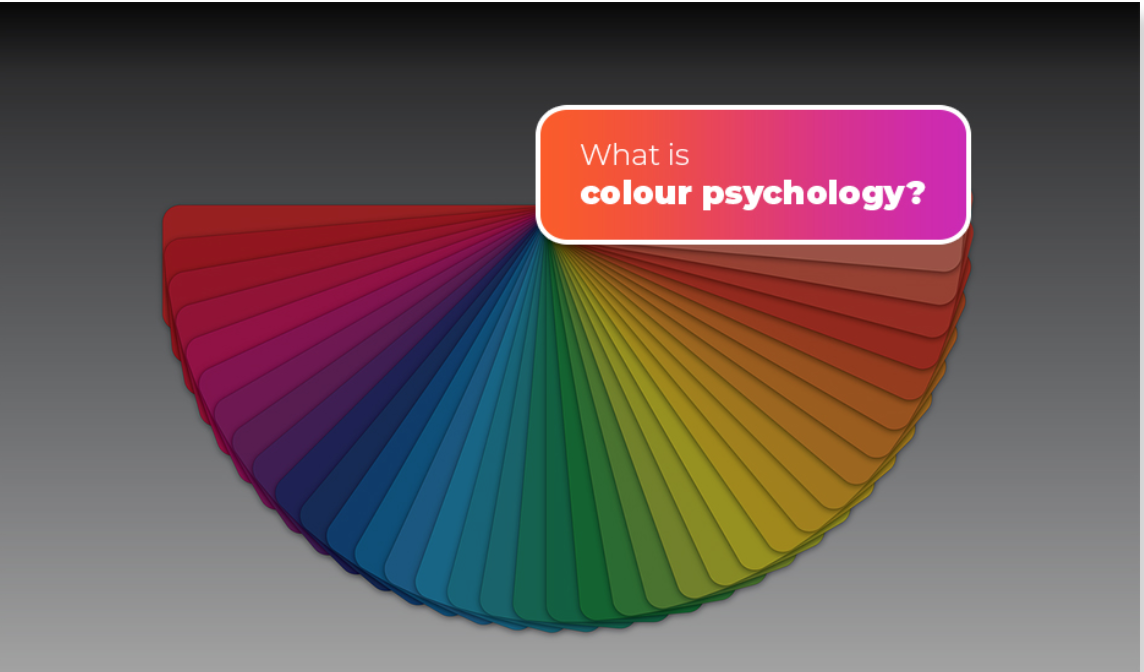[vc_row][vc_column][vc_column_text]
 1. Website hosting
1. Website hosting
What to consider when choosing a hosting plan for your website? First off, it is important to evaluate your overall usage. For example, if your website contains a large amount of video and graphics, you may want a hosting plan that has the scalability of bandwidth to support the media. It is also a good idea to compare service offerings and review customers’ feedback on social media sites.
Support level
If you do not have in-house IT support, do some research on the type of customer support and response time that you would need. If your site is down, consider the provider’s response time in getting your website back up. Also, consider whether you like having “live” support or are ok with email exchanges.
Always read the fine print
You want to read the fine print and watch for add-on products. Some hosting providers offer a low introductory price on hosting, but they may charge an additional fee for customized email and security packages.
2. Register your domain name
Owning your domain name not only is important for your business and branding, but it also gives you portability and lets you move your website to another host. A good rule of thumb is to register your domain name separately and not from the provider that will be hosting your website. Here are some hosting providers: Hover offers a “valet” transfer service and a nice control panel, Name Cheap with great customer support and free URL forwarding or Gandi. Here is a review of the five best domain name registrars.
3. Color and branding

The color scheme of your website helps communicate the overall feeling of your brand and it should complement your logo. Put your logo in a prominent location, for example, the top-left corner of your website. Also, your color scheme can elicit specific reactions with potential customers. For example, purple represents creativity, while red suggests boldness and excitement. Check out this blog on Color psychology: how color meanings affect your brand on the psychology of color and how it can affect your logo. You can also check out the Logo Design Contest for an affordable and unique logo design.
4. Simplify your website design
A clean, simple and appealing website navigation will help users find information without becoming frustrated or confused. Avoid using distracting graphics such as Flash or animation, that can decrease website performance. On the other hand, you don’t want to overload your website with a lot of text — make it short and sweet. Simplifying your site will go a long way, and will encourage “stickiness” by those navigating.
5. Intuitive navigation
Make it easy for users to find your pages by placing the navigation links at the top of the page. Limit them to a maximum of 6 links and add subpages under each link. If your site has a lot of pages, consider adding a sidebar. Adding a site map helps search engines to index your site and improves your website ranking.
6. Responsive design
Tablets and mobile phone users are outweighing desktop users these days. Over 50% of users are now searching your website from mobile devices. A responsive website automatically changes to fit the device you’re reading and optimizes the layout of your content. A responsive design allows users the ability to find information quickly without scrolling or stretching the screen. If users can’t view your site, they will move on quickly.
 7. Call to Action
7. Call to Action
A call-to-action (CTA) is an image, line of text or form that prompts your visitors, leads, and customers to take action. Placing your CTA prominently on your site will make it easy for customers to contact you. Here’s a link to some great CTA examples.
8. Website performance
Users are generally impatient and don’t have time to wait for your site to load.
A general rule of thumb for loading speed is less than 3 seconds. There are free sites to check the speed of your site, by simply entering in your URL: http://tools.pingdom.com/fpt/ or http://www.webpagetest.org/.
If your Word Press site is running slow, you can speed it up by deactivating or deleting some of your unused plugins. You may consider installing a plugin called WP Super Cache, which helps to clean up your inactive plugins. The image size can also slow down a site. It is a good idea to resize photos or images before uploading.
9. Social media integration
Integrating your social media channels with your website will make it easy for first-time users to sign up. Including social media share buttons on your blogs will also help to increase your search engine rankings, and provide an easy way for users to repost or retweet your blogs.
10. CAPTCHA reduces spam
Do you get a lot of spam from your website? Or, do you get a ton of bogus comments on your blogs? Try using CAPTCHA to reduce spam. CAPTCHA is a program that can generate tests that humans can pass but current computer programs cannot.
If you follow these steps, you are on your way to a good start.
This blog is based on content written by Seth Rand: 24 Things to Consider When Designing and Developing a Website[/vc_column_text][/vc_column][/vc_row]
